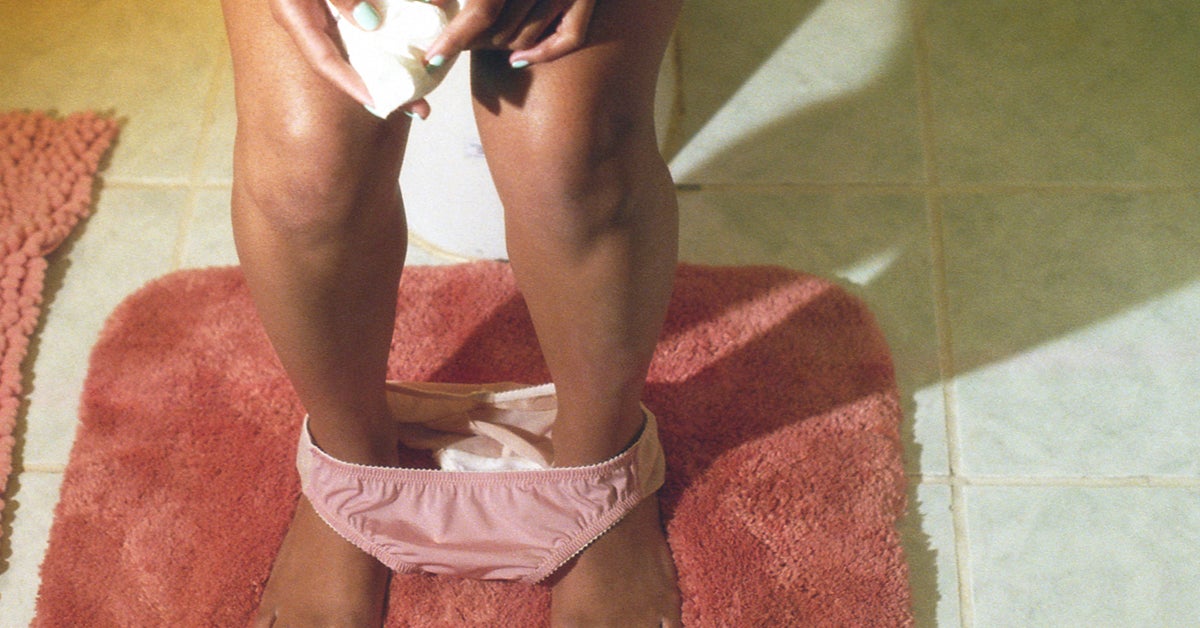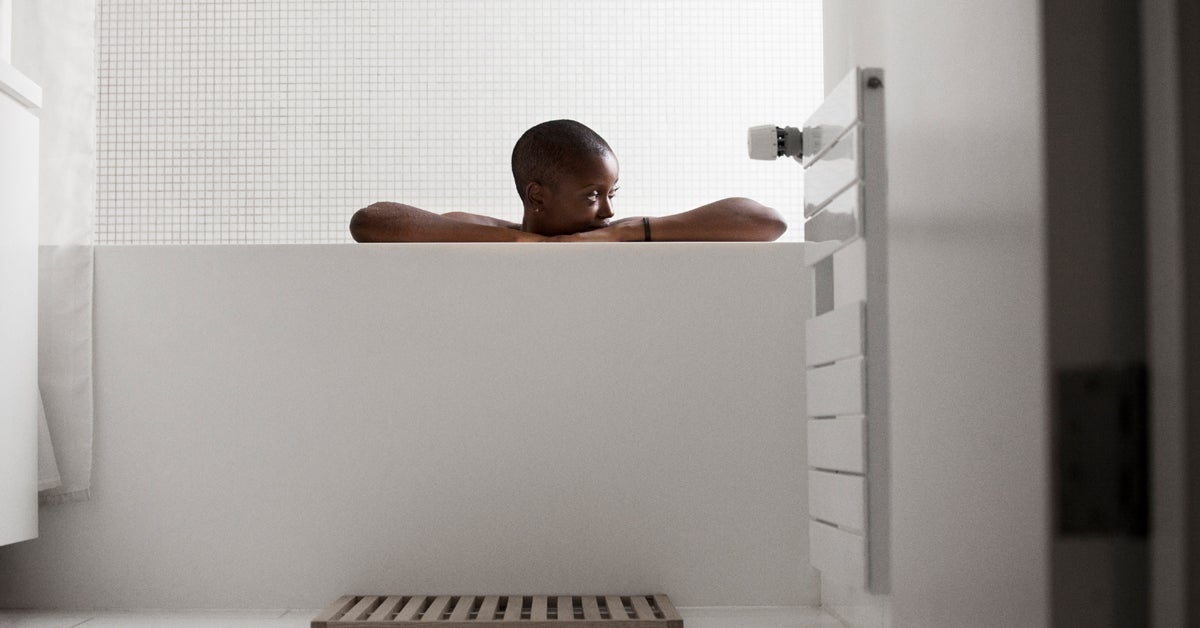Shoes Too Tight? 7 Ways to Stretch Your Shoes & When to Do More

Healthline and our partners may receive a portion of revenues if you make a purchase using a link on this page.
There are millions of pairs of shoes out there. But you only have two feet, and they're unique to you. Take the time to be sure the shoes you buy are right for your feet.
Here are ways to change the shoes you already have if they're too tight, plus tips on how to avoid narrow shoes and the problems they can give your feet.
1. Wear them in the evening
If your shoes are just a little uncomfortable, try wearing them around the house. Sometimes, a few nights of doing this can soften them up to the point they feel good.
Let your feet rest before trying this method, especially if it's hot outside or you've walked a lot that day.
New shoes? Try to walk only on rugs or carpeted surfaces, so you can still return the shoes looking new, if needed.
2. Thick socks and a blow dryer
If the first method doesn't work, this one will add a little extra stretch and help the shoes conform to your feet.
- Put on a pair of thick socks and fasten the shoes comfortably.
- Now try applying a hair dryer for 20 to 30 seconds at a time to the tight areas.
- Use only medium heat, and keep the blow dryer in motion so you don't excessively dry out or burn the leather.
It's a good idea to apply a leather conditioner or moisturizer to the shoes after you've used this method.
3. Frozen zip-close bag
This method works best on nonleather shoes.
- Fill a zip-close bag part of the way with water.
- Place the partially filled bag inside your shoe. Try to arrange it so it's near the tight spots.
- Now place the shoe and bag in the freezer overnight.
The water will turn into ice and expand, giving you a custom stretch for your shoes.
4. The peeled potato trick
Peel a potato and mold it into the shape of your shoe's toe box (front of the shoe). Wipe the potato dry with a paper towel, and stuff it inside your shoe overnight. This method can provide a modest amount of stretch.
5. Adjustable shoe trees
Once a specialty item at shoe repair shops, four-way adjustable shoe trees are now available for home use for under $25. Versions are available for both men's and women's shoes.
For a little more money, deluxe versions in cedar or other types of wood and stainless steel can be found.
These devices can help you expand the length and width of a shoe. Specially designed plugs (bunion plugs) can also target problem areas in the top of the toe box.
Turn the adjustment handle of the shoe tree every 8 to 12 hours to keep stretching until you get the desired length and width.
This method can be combined with shoe stretching spray and liquids. It's best for leather shoes and sneakers.
6. Shoe stretch sprays and liquids
A variety of liquids and sprays to stretch leather, fabric, and even vinyl are available. Spray them on the tight areas and then walk in your shoes.
These products also can be used together with adjustable shoe stretchers to help give your shoes a custom stretch.
7. Find a shoe repair professional
Most professional shoe repair shops or cobblers provide stretching services. They have machines and training to alter shoes. Not only can a cobbler stretch your shoes, they can repair and refresh the ones you have to make them last longer overall.
But these shops are becoming harder to find in most areas from lack of interest.
Studies have shown that two-thirds of people wear shoes that are too narrow for their feet.
Tightness can come from a variety of fit problems, including:
- toe box too narrow, not high enough, or both
- overall length of the shoe is too short
- shape of shoe doesn't conform to your foot
- height of heels puts stress on your toes or other parts of your foot
If you have any doubt about the comfort and fit of your shoes, it's always best to pass on them. An ill-fitting pair of shoes can end up harming your feet and joints over time. You can always find a better-fitting pair somewhere else.
Signs your shoes don't fit
If your toes don't face straight ahead, seem crammed together, or are overlapping each other, it's likely your shoes are too tight. When shoes fit properly, there's space between each toe, and the toes face straight forward, not turned toward either side.
If your toes are bunched together in your shoes, the shoes are too tight. In addition to stretching your footwear, you need to help your toes to get back to their natural state of separation. Here are some things you can do:
- Take your toes in your hands and gently pull them apart.
- Separate your toes and wiggle them.
- Wiggle your toes a little every day
- Take off your shoes and socks or stockings, and let your toes get sunlight and air.
Here are 19 stretches and moves to try to help your feet feel good.
- Take your time. Never rush a shoe purchase. Try your best to see if the shoes fit while you're in the store. Make sure you know the return policy before purchasing.
- Find the return policy. If you buy online, check the return policy. Some sellers provide free return shipping on all their shoes.
- Talk to someone with experience. Some shoe stores have salespeople who are experienced fitters. They will know about shoes in the store or on the market, can measure your feet, and suggest appropriate shoes to fit you.
- Check out specialty stores. If you have foot problems, such as bunions, look for specialty shoe stores that carry orthopedic and special styles.
- Look for toe boxes that are shaped like your foot. For the best fit, avoid pointy, curved, and irregularly shaped shoes. Look for a roomy toe box.
- Identify the brands that work for you. Since different brands are known for the styles, width, and shapes of their shoes, you might be able to better rely on specific brands.
- Buy men's shoes. If you have wide feet, consider buying men's athletic shoes. These are cut more widely and have a bigger toe box.
- Shop for shoes later in the day. Your feet might swell and be slightly bigger in the afternoon and evening than at the start of the day.
Try to limit the time and distance you wear high heels. While you may think they look great on you, your feet will pay for it in the long term. So be kind to yourself and limit their use.
Your shoes can be too loose or too tight. If they're too loose, you may get blisters where the shoes rub against your skin.
Tight shoes can cause even more problems. They can:
- make you unstable on your feet
- deform your toes, produce blisters between your toes, and aggravate structural problems like hammer toe, mallet toe, and bone spurs
- aggravate foot conditions like bunions, flat feet, numbness, inflammation, and pain in the heel or ball of your foot (metatarsalgia)
- lead to long-term cartilage loss in the joints of your toes and feet
Properly fitting shoes are important for your health and well-being. Never rush a shoe purchase. Always take the time to make sure the shoes you buy are a good fit for you.
If you end up with shoes that are slightly too snug, there are things you can do at home or with the help of a shoemaker to adjust the shoes so they fit you well.
-
 6 interesting genetic traits that children will inherit from their parents
6 interesting genetic traits that children will inherit from their parents
-
 7 effects of asparagus on child development
7 effects of asparagus on child development
-
 Does cutting blood hair for babies bring good luck?
Does cutting blood hair for babies bring good luck?
-
 The more babies eat, the higher the height they develop, especially the second kind
The more babies eat, the higher the height they develop, especially the second kind
-
 Children with chicken pox should eat to quickly recover from the disease, without leaving a deep scar?
Children with chicken pox should eat to quickly recover from the disease, without leaving a deep scar?
-
 The more food is cooked, the better it can be for health, especially the second type
The more food is cooked, the better it can be for health, especially the second type
-
 Spotting Instead of Period: 11 Causes and More
Spotting Instead of Period: 11 Causes and More
-
 Itching Before Period: Causes, Treatments, and More
Itching Before Period: Causes, Treatments, and More
-
 Ice Bath Benefits: Research, Tips, and More
Ice Bath Benefits: Research, Tips, and More
-
 Second-Line Treatment for Chronic Lymphocytic Leukemia
Second-Line Treatment for Chronic Lymphocytic Leukemia
-
 How My Rosy Rosacea Flare-Ups Keep My Skin Glowing
How My Rosy Rosacea Flare-Ups Keep My Skin Glowing
-
 Sativa vs. Indica vs. Hybrid: Chart, Different Use, Side Effects, More
Sativa vs. Indica vs. Hybrid: Chart, Different Use, Side Effects, More































